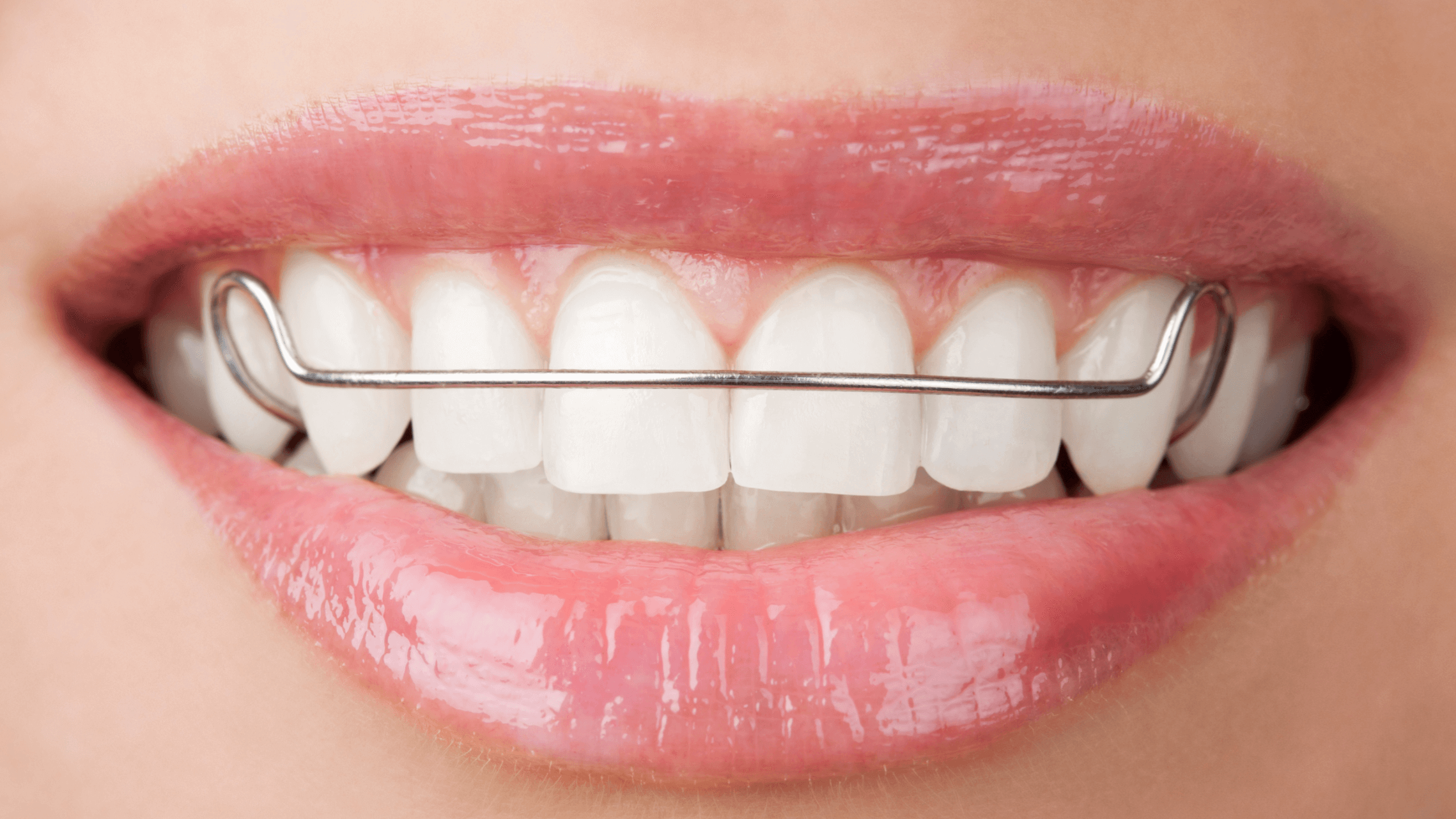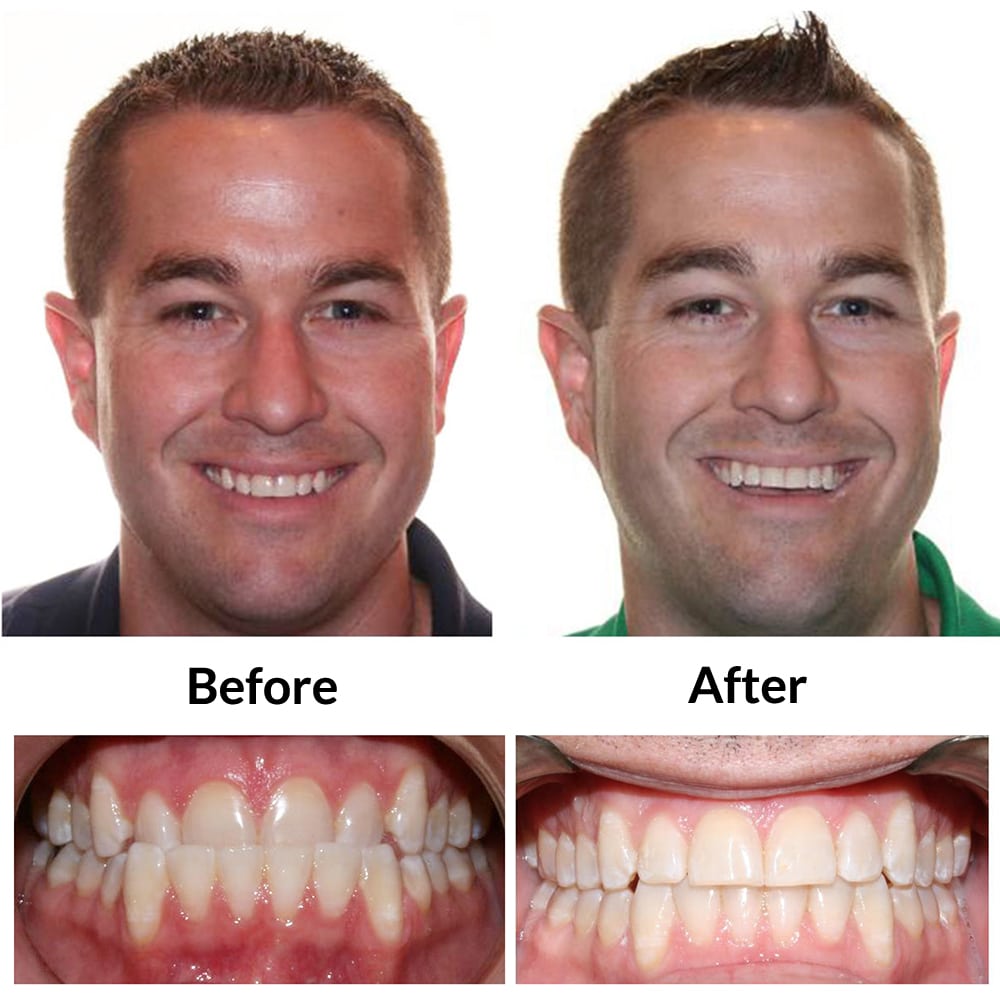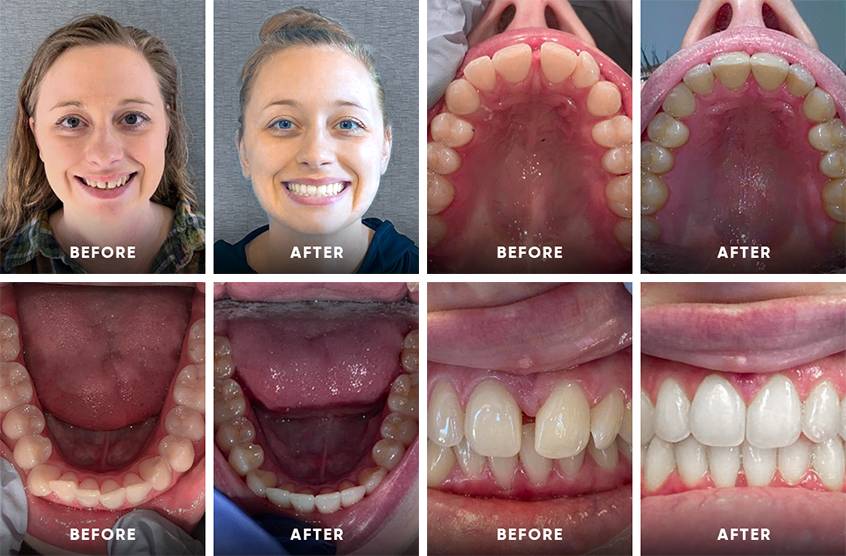The Cost of Invisalign: Recognizing the Investment in Your Smile
The Cost of Invisalign: Recognizing the Investment in Your Smile
Blog Article
Invisalign vs. Conventional Braces: Which Option Is Right for You?
When thinking about orthodontic treatment, the choice between Invisalign and conventional dental braces offers several essential factors that merit cautious evaluation. Invisalign supplies a very discreet alternative with detachable aligners, while standard dental braces give a much more visible yet efficient option for severe misalignment.
Introduction of Treatment Options
&srotate=0)
On the other hand, typical dental braces include metal braces and cables that are bonded to the teeth. This approach uses constant pressure over time to achieve positioning. While efficient for complex orthodontic issues, traditional braces require regular visits for changes and can pose challenges in keeping oral health as a result of the trouble of cleansing about wires and brackets.
Both options have their benefits, and the choice frequently pivots on specific dental problems, way of living preferences, and client compliance. Eventually, speaking with an orthodontic specialist is critical for figuring out the most suitable treatment plan tailored to individual demands. Comprehending the subtleties of each choice can substantially influence the overall success of orthodontic treatment.
Aesthetic Considerations
A substantial factor affecting the option in between Invisalign and typical dental braces is the aesthetic charm each treatment uses. Invisalign aligners are crafted from clear plastic, making them virtually undetectable when put on.
On the other hand, typical braces include steel braces and cords, which can be a lot more recognizable. While innovations in orthodontic modern technology have actually brought about the growth of smaller sized brackets and colored elastics, typical braces still keep a more noticeable account. For some individuals, the visibility of braces might prevent them from looking for needed therapy.
Inevitably, the selection between Invisalign and conventional braces might rest on personal choices relating to looks. Clients who focus on discretion frequently favor Invisalign, while those that are less concerned concerning presence might select conventional braces. Recognizing the aesthetic implications of each alternative is essential for making an informed decision that lines up with one's way of life and choices.
Convenience and Convenience

In terms of ease, Invisalign aligners are removable, enabling people to appreciate their favored foods without limitation and keep ideal dental health. Brushing and flossing are simplified, as the aligners can be taken out during these regimens, whereas typical dental braces call for mindful maneuvering around brackets and cables.
In comparison, traditional dental braces necessitate normal modifications, making them less convenient for those with busy timetables. On the whole, the comfort and benefit of Invisalign make it an attractive choice for lots of individuals seeking orthodontic therapy.
Treatment Duration and Efficiency
While both Invisalign and standard dental braces work in remedying dental misalignments, the period of therapy can vary substantially in between the 2 choices. Normally, Invisalign therapy can take anywhere from 12 to 18 months, depending on the complexity of the case. The clear aligners function by progressively moving teeth into visit here their preferred placements, and regular follow-ups with an orthodontist help make sure development stays on the right track.
In contrast, traditional dental braces often need a longer commitment, usually varying from 18 months to three years. This is due to their set nature and using wires and braces, which can be a lot more efficient for complex instances and serious imbalances (Invisalign). The therapy performance of typical braces is well-documented, as they permit for precise modifications and higher control over tooth activity
Eventually, the option between Invisalign and typical braces might depend upon both the expected therapy period and the specific oral issues at hand. Consulting with an orthodontist is crucial, as they can offer customized referrals based he has a good point upon private demands, ensuring the picked approach aligns with desired results and timeframes.
Cost Comparison and Insurance Options
Price plays a significant role in the decision-making procedure for people thinking about orthodontic therapy, whether choosing Invisalign or conventional braces. Typically, the price of Invisalign ranges from $3,000 to $8,000, while traditional braces typically set you back between $2,000 and $6,000. Factors influencing these costs consist of the intricacy of the instance, the duration of treatment, and geographical area.
Insurance policy protection can considerably influence out-of-pocket expenses. Many dental insurance policy strategies offer partial protection for orthodontic treatments, however the specifics can vary commonly. It is important for individuals to examine their insurance coverage to establish the extent of coverage for either alternative. Generally, traditional dental braces may be more regularly covered by insurance policy strategies compared to Invisalign, which some insurers classify as a cosmetic treatment.
Furthermore, several orthodontic methods provide adaptable repayment plans, making both treatment options much more accessible. Clients should ask about possible funding alternatives and discounts for upfront repayments. Examining the total expense, including insurance policy benefits and repayment plans, is important for making an educated decision that straightens with both aesthetic choices and budget considerations.

Verdict
In summary, the choice in between Invisalign and conventional braces rests on multiple variables, including visual choices, convenience, treatment period, and expense. Invisalign provides a very discreet, removable choice that facilitates dental hygiene and dietary flexibility, while traditional braces might be better for complex dental issues and typically come at a reduced cost point. Eventually, appointment with an orthodontist is vital to analyze private conditions and identify one of the most appropriate therapy choice my latest blog post for accomplishing optimal dental alignment.
When considering orthodontic treatment, the selection between Invisalign and traditional braces provides numerous important elements that warrant cautious evaluation.Contrasting Invisalign and standard braces discloses unique treatment options for orthodontic improvement.While both Invisalign and standard dental braces are efficient in fixing oral misalignments, the period of therapy can vary significantly between the two options.Price plays a considerable duty in the decision-making process for individuals considering orthodontic therapy, whether choosing for Invisalign or traditional dental braces.In recap, the option between Invisalign and standard dental braces hinges on several variables, including aesthetic preferences, comfort, treatment duration, and cost.
Report this page